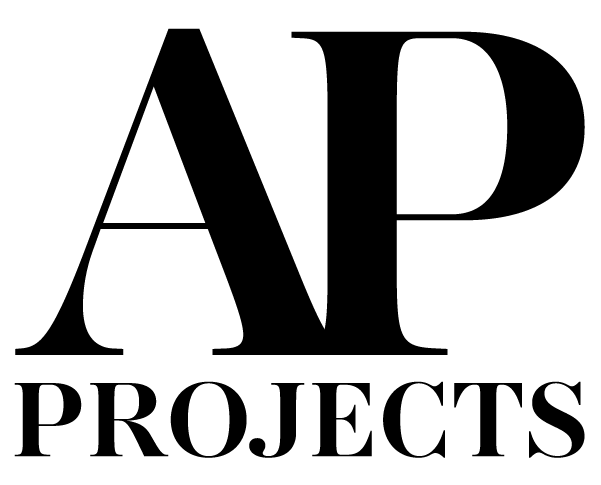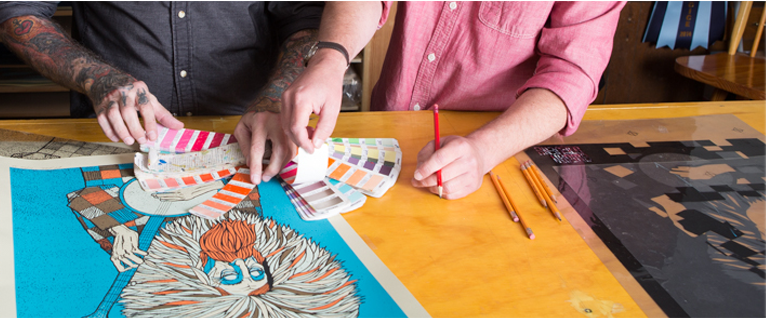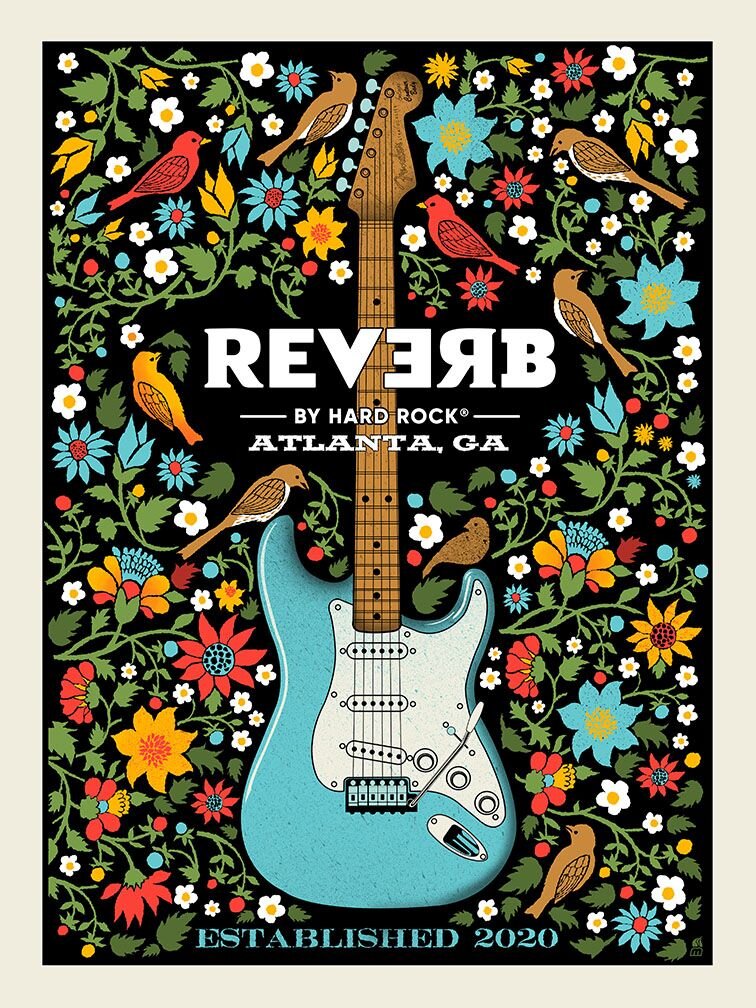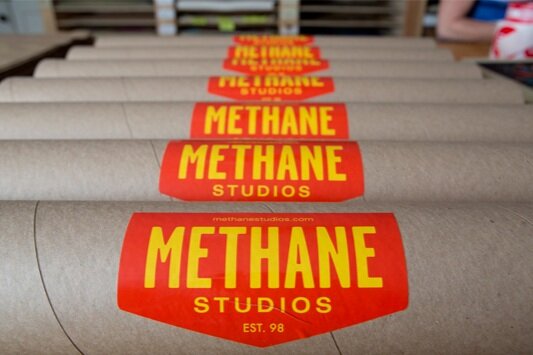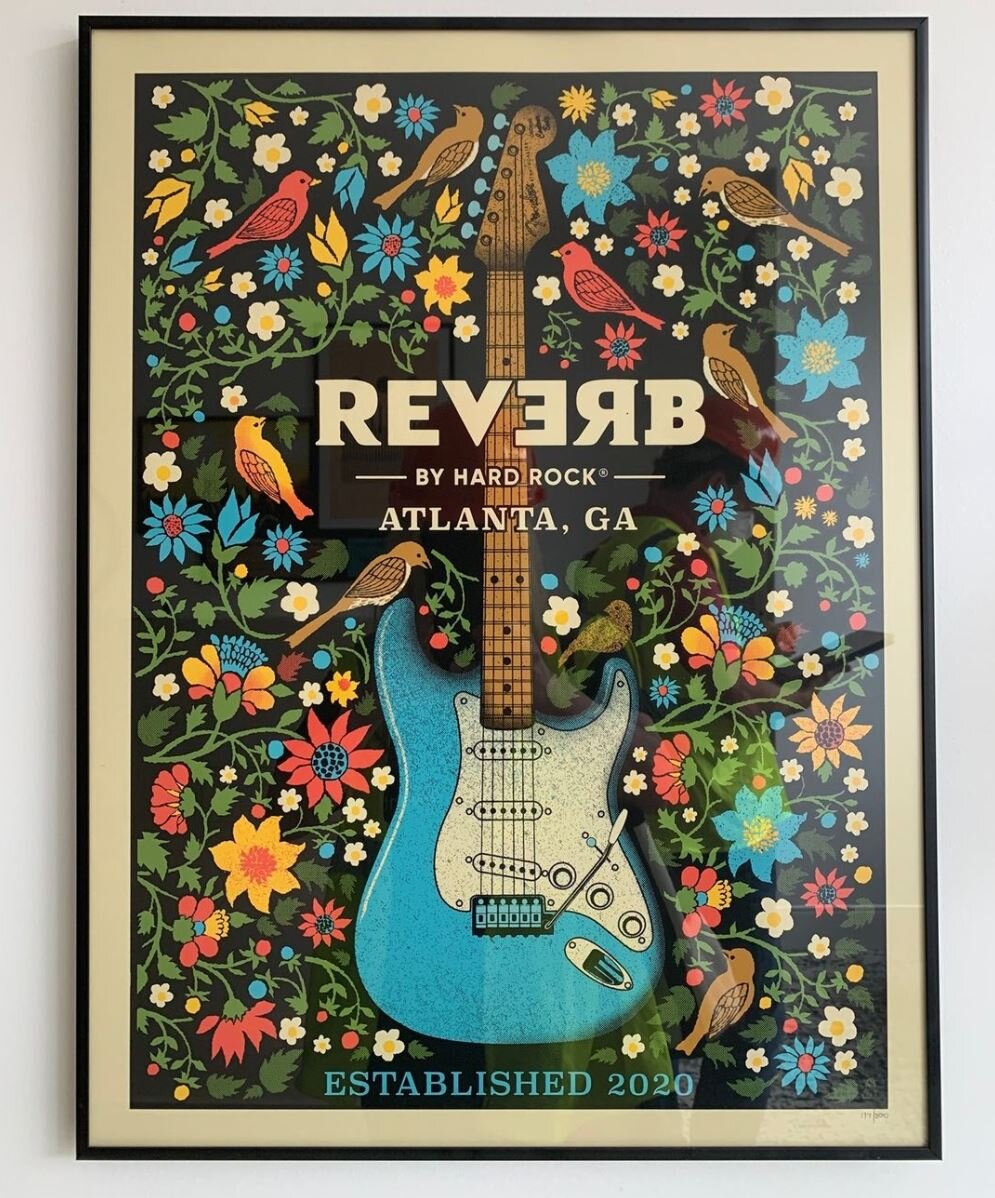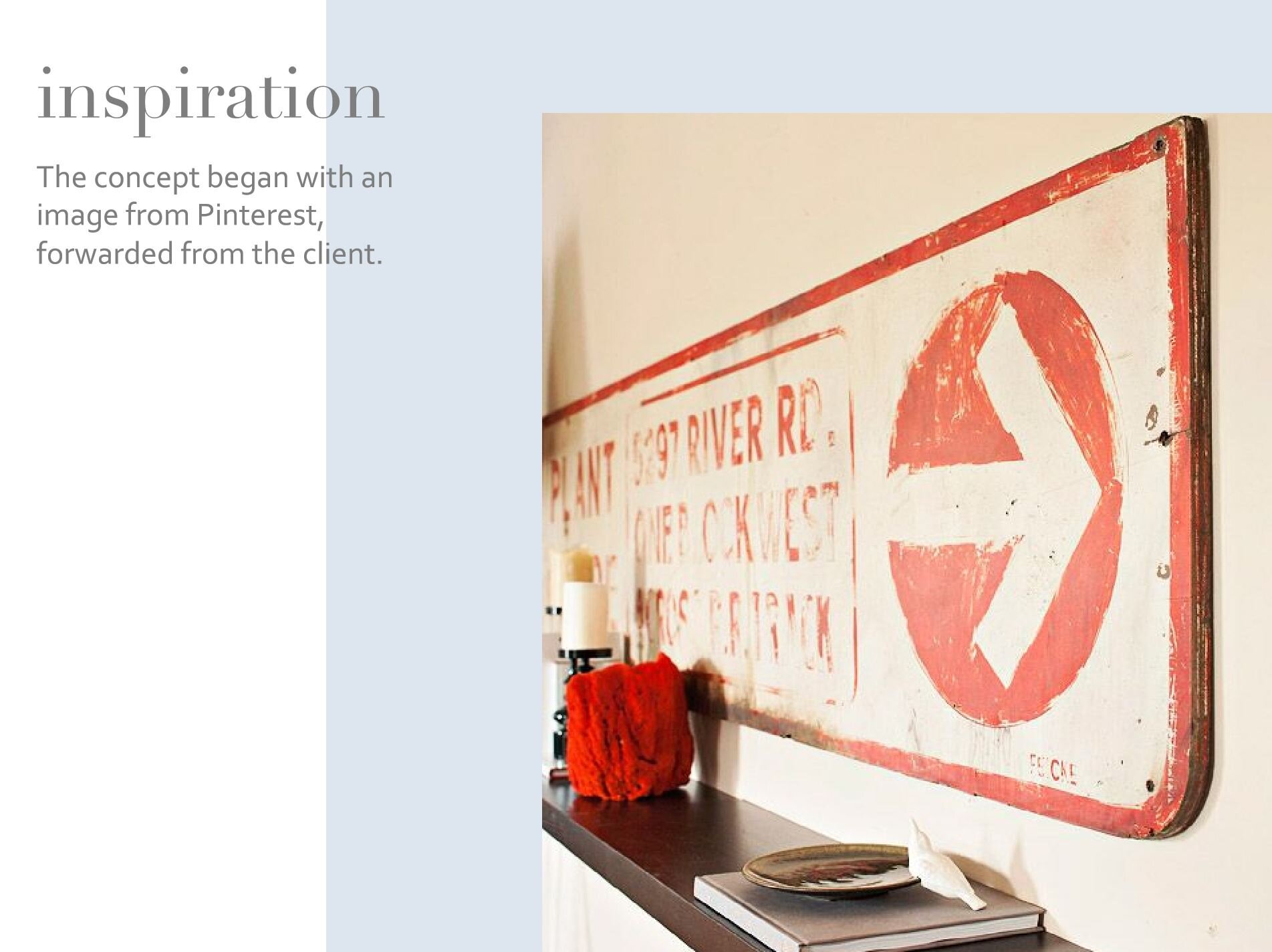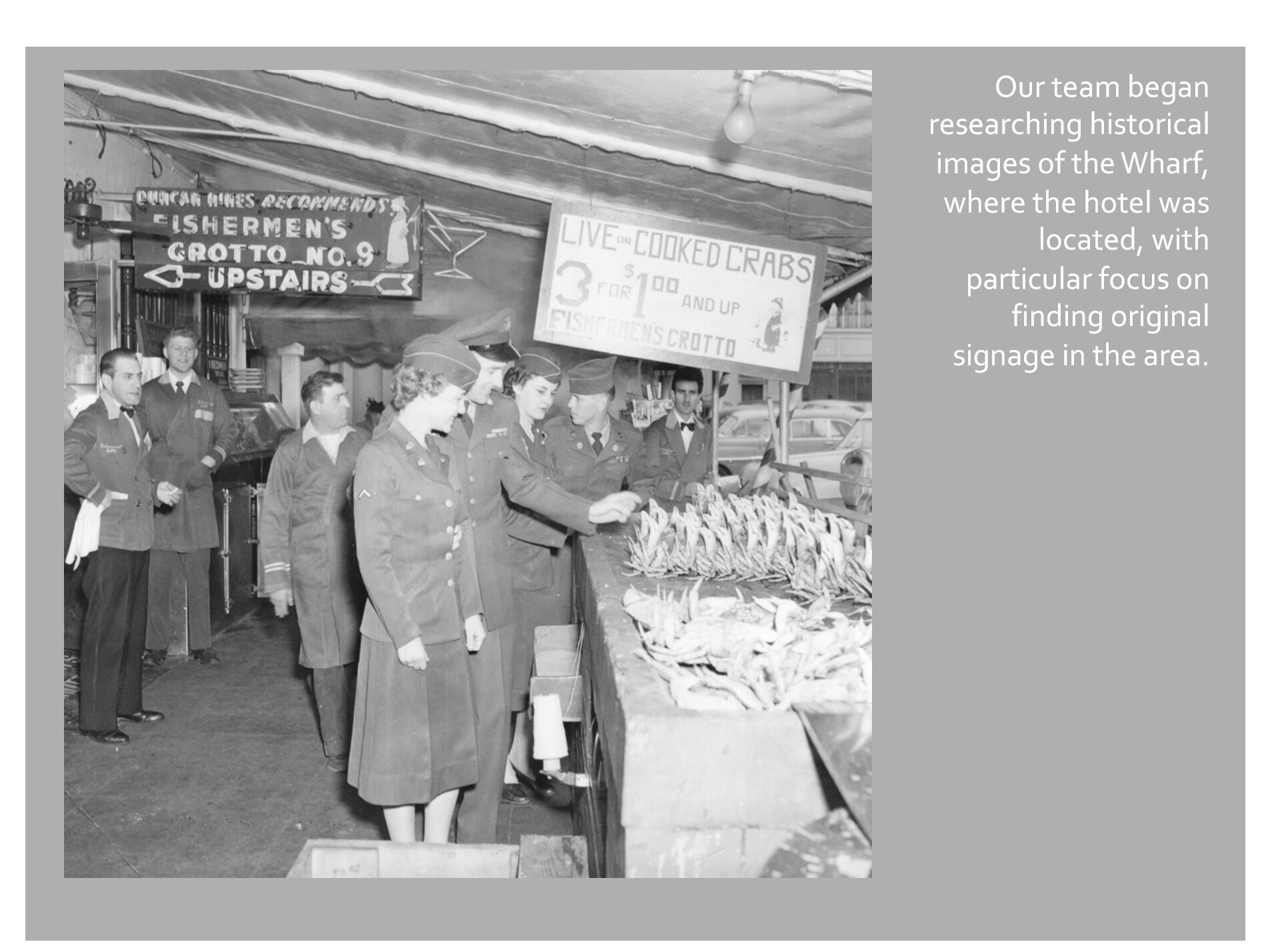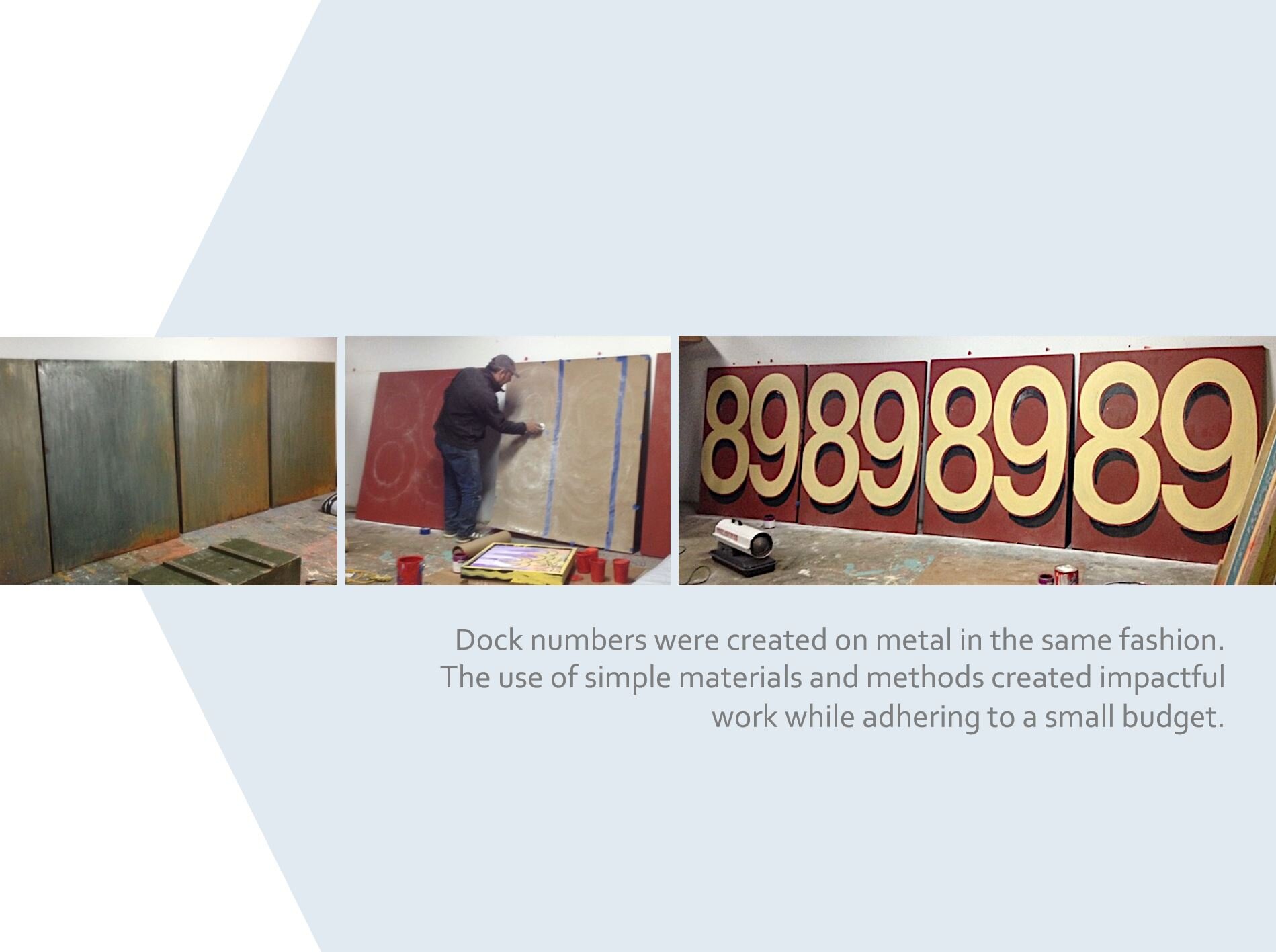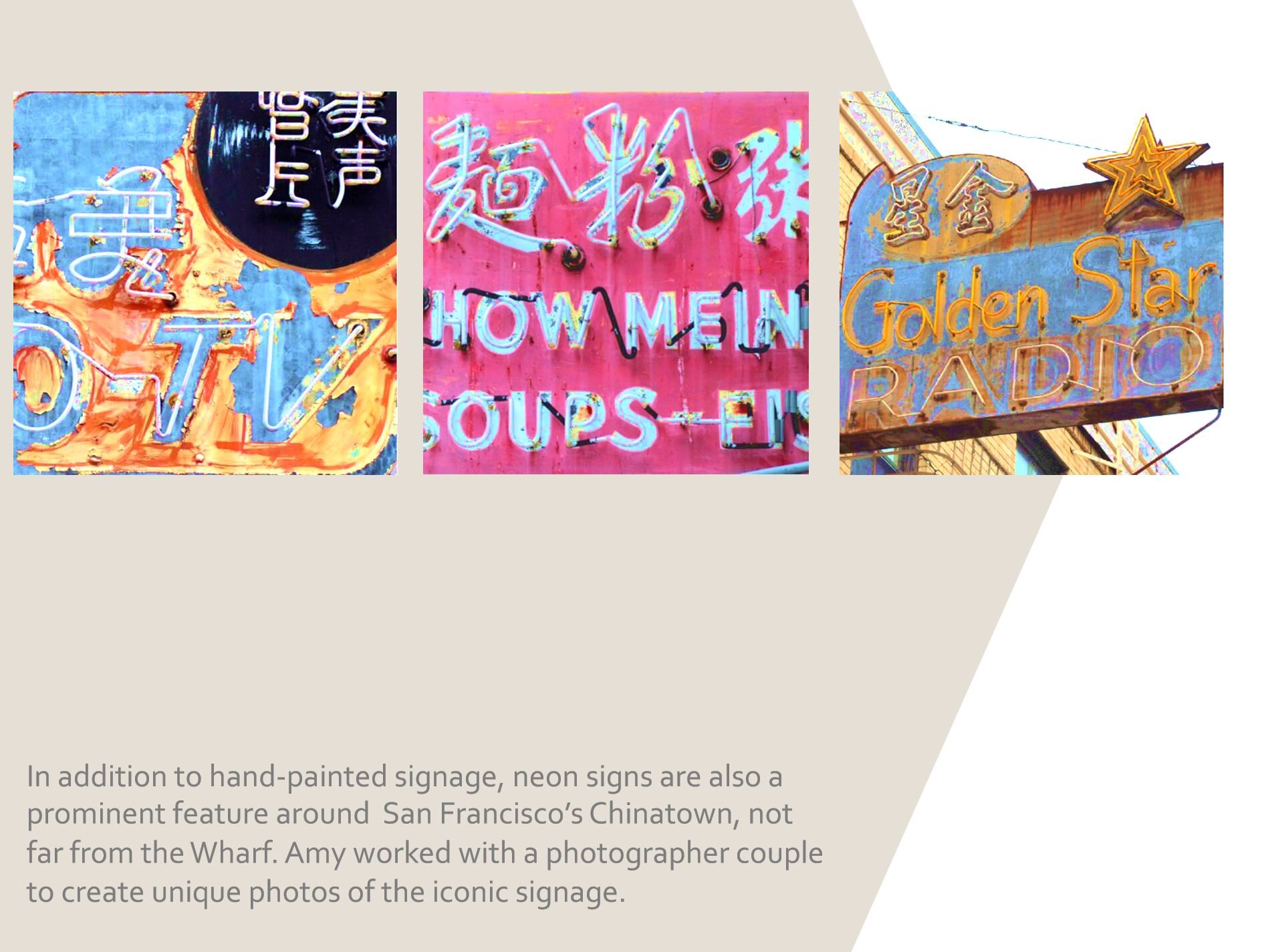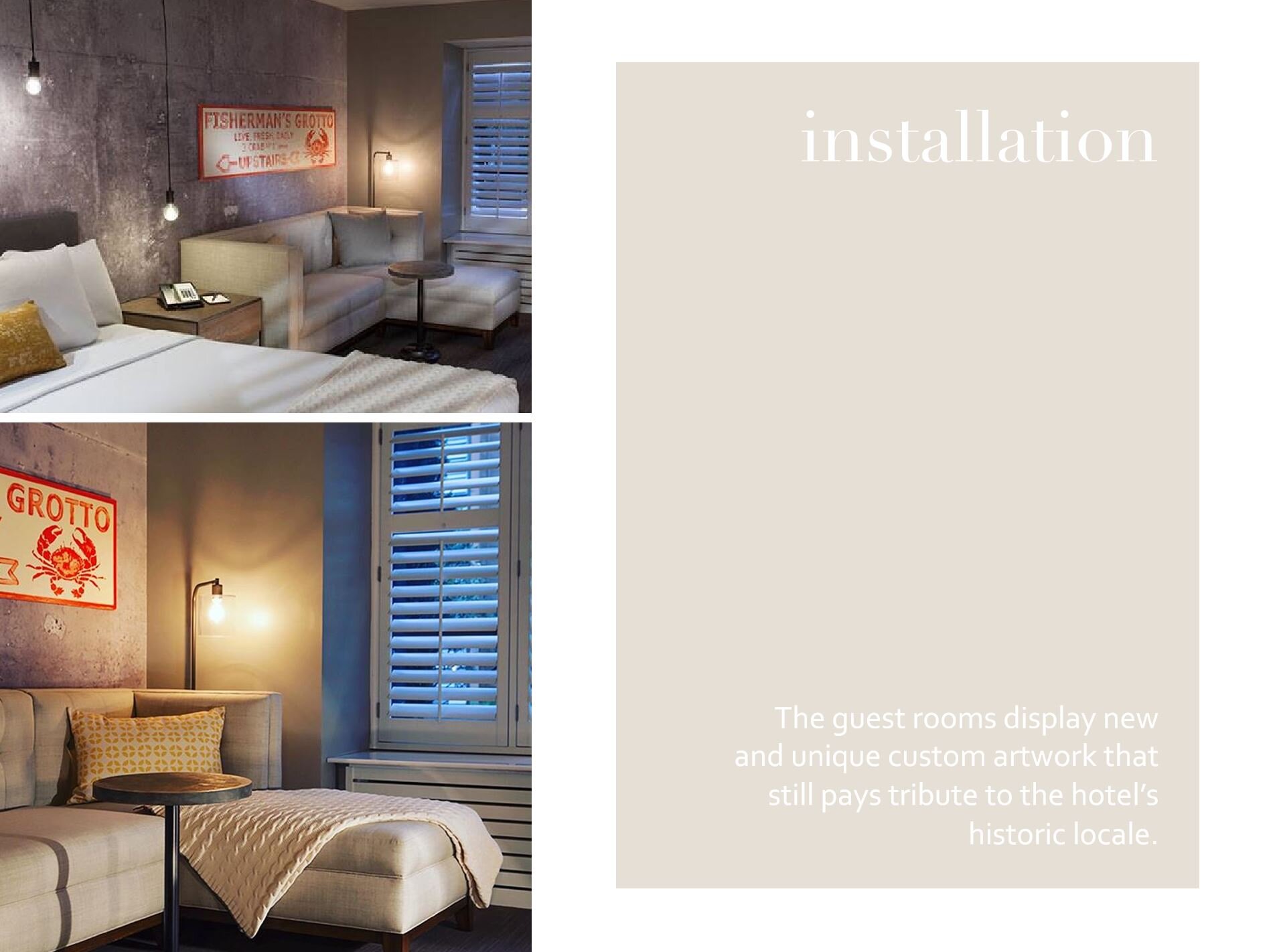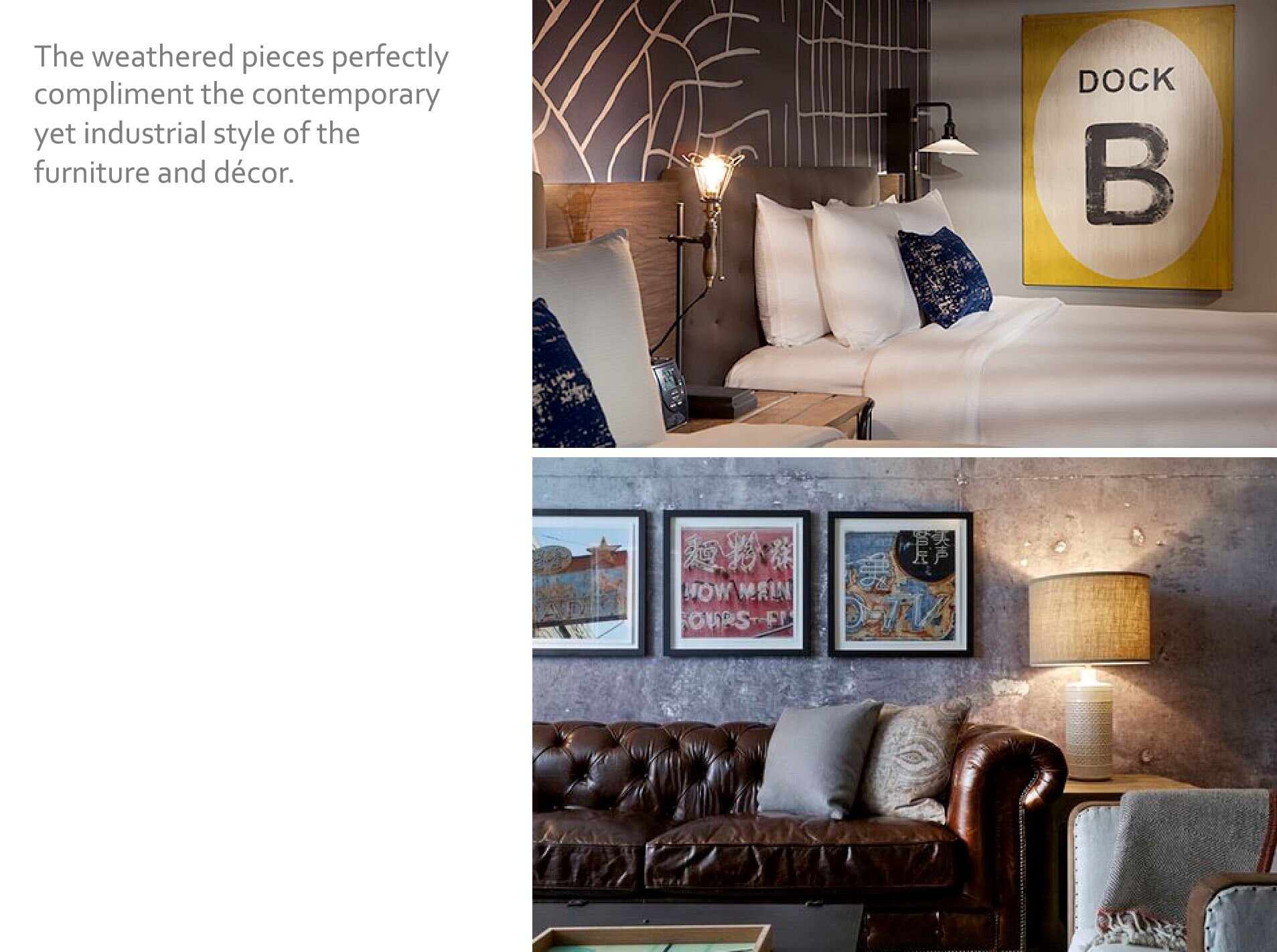Case Study #7 | The Memphian Hotel
We love a unique project, and The Memphian Hotel in Memphis, TN certainly fit the bill. The hotel’s owner is a Memphis native, and she gave a keen directive to pay tribute to the lively history of the neighborhood, but with an eclectic twist. Armed with a treasure trove of vintage photographs, APP set to work on creating pieces that married the bright and eye-catching decor of the hotel with the nostalgia of Memphis’ Overton Square.
To learn more about how the artwork developed,
please flip through our latest Case Study below…
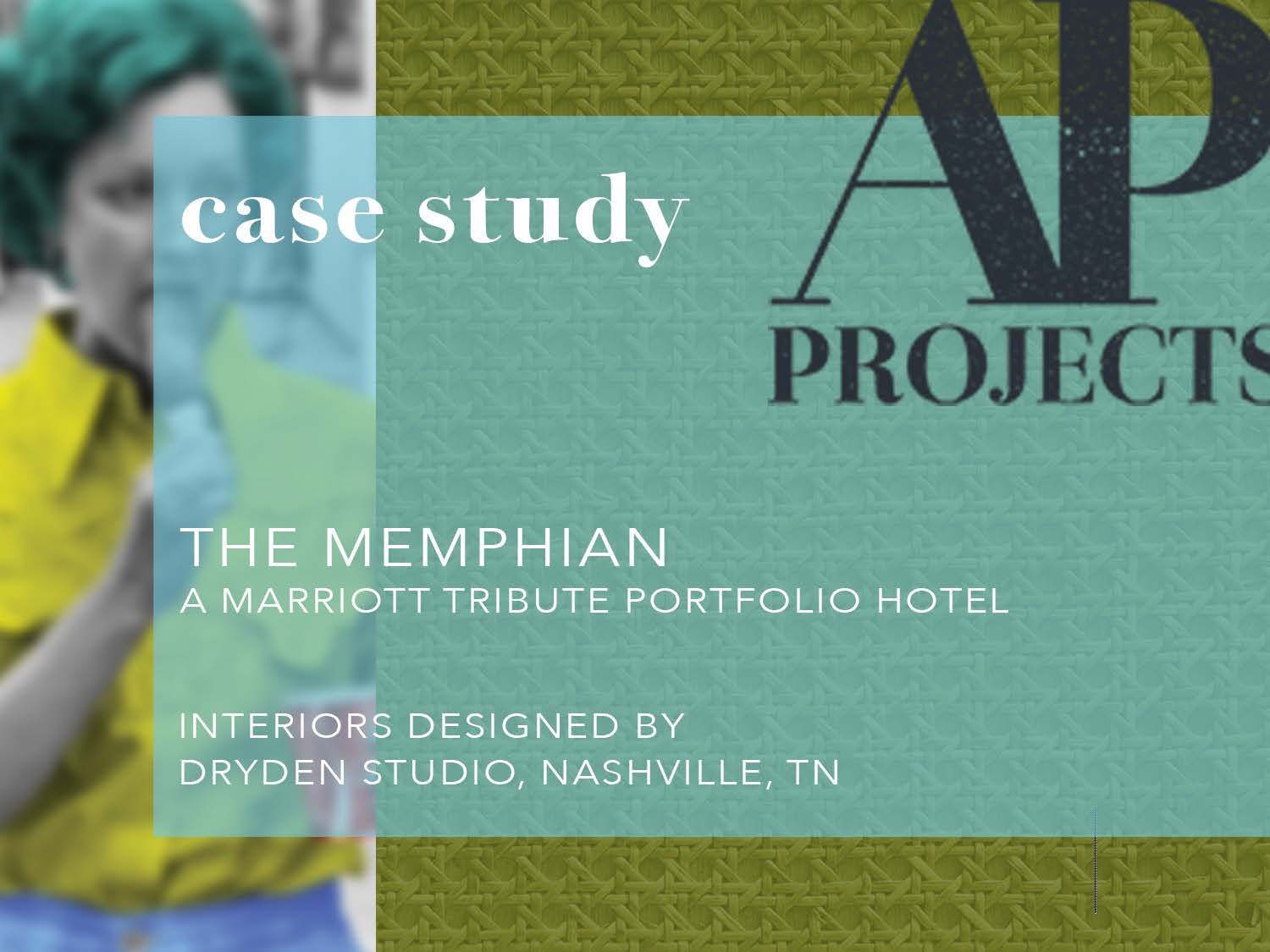
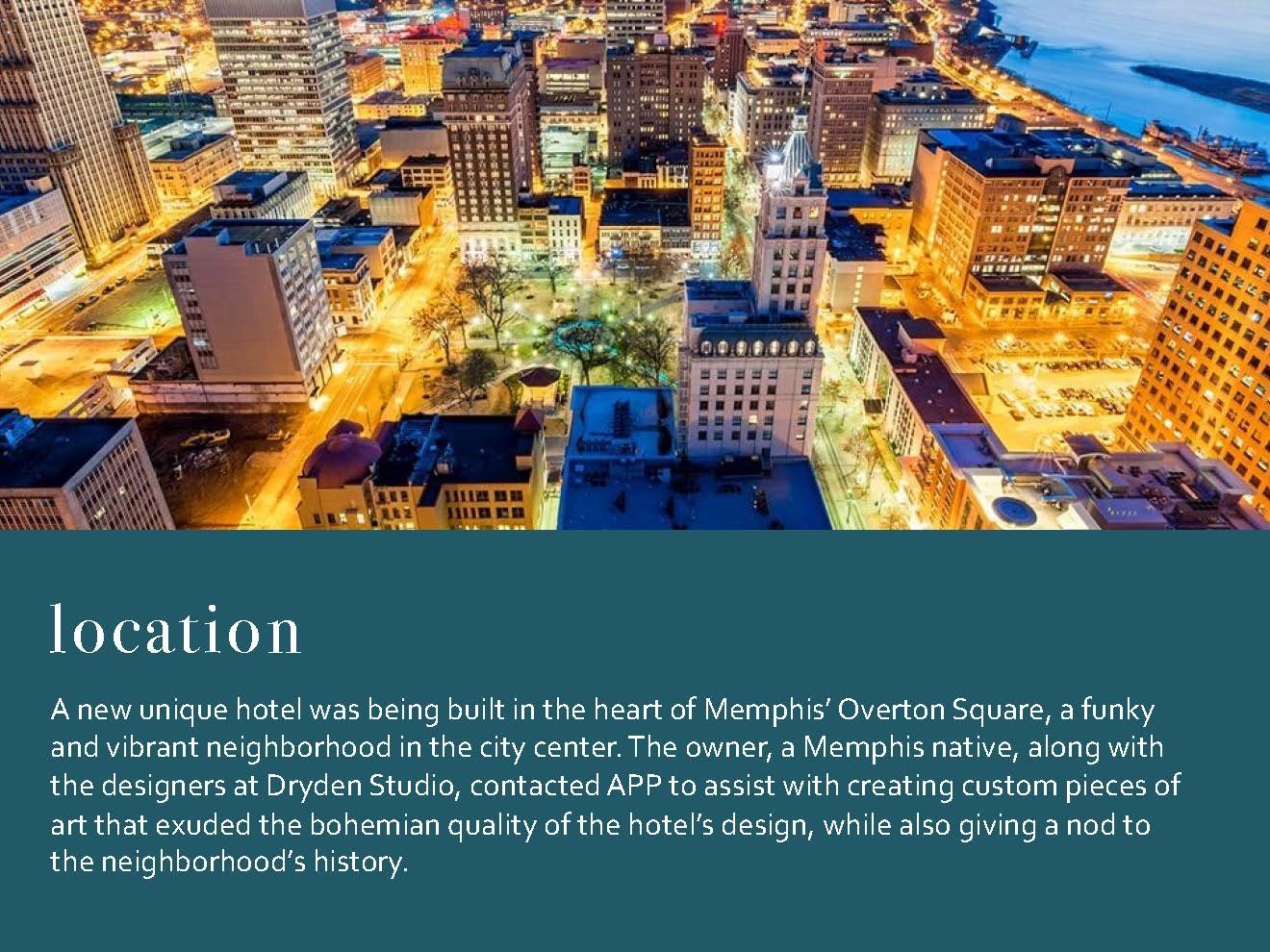
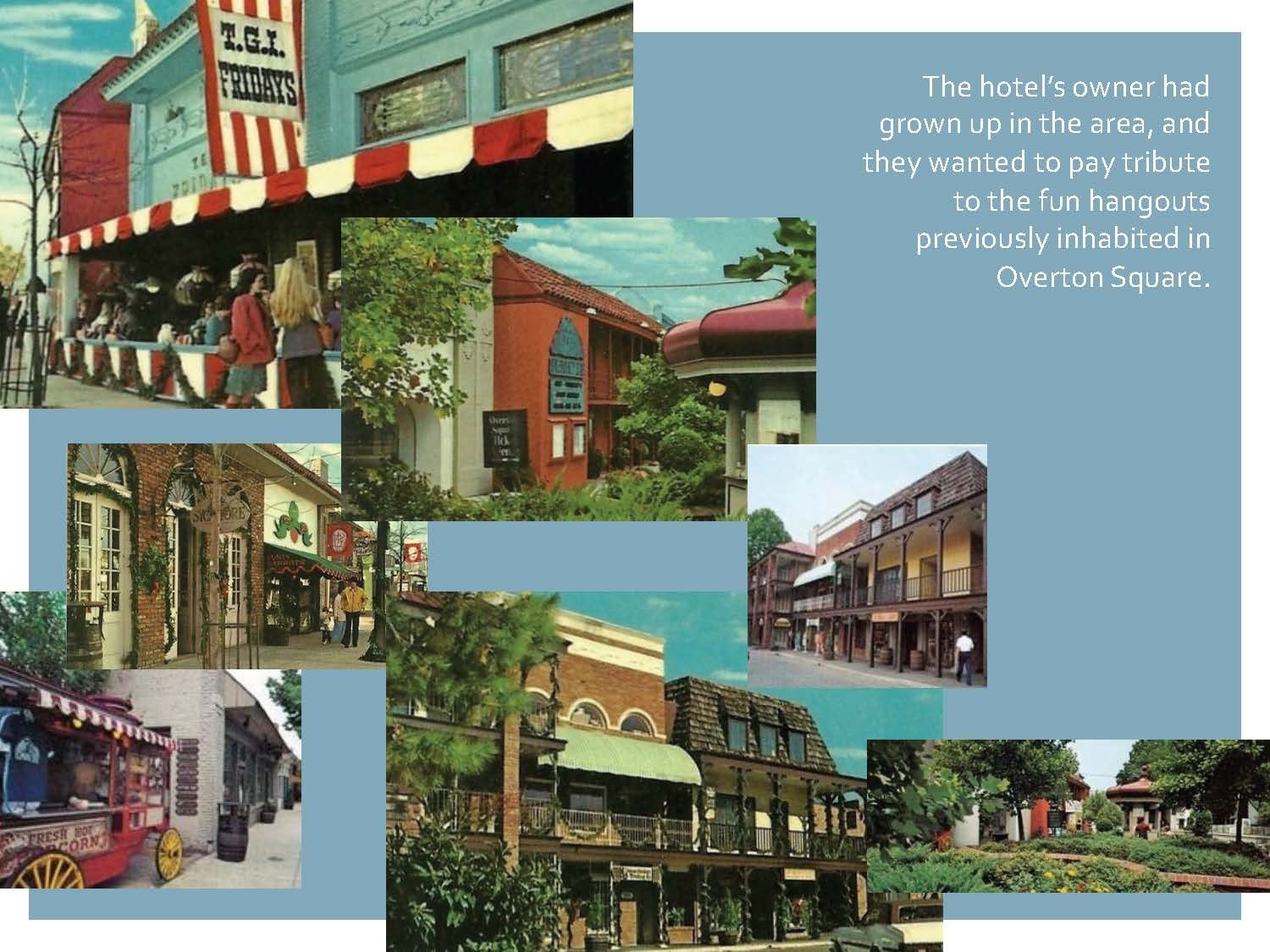
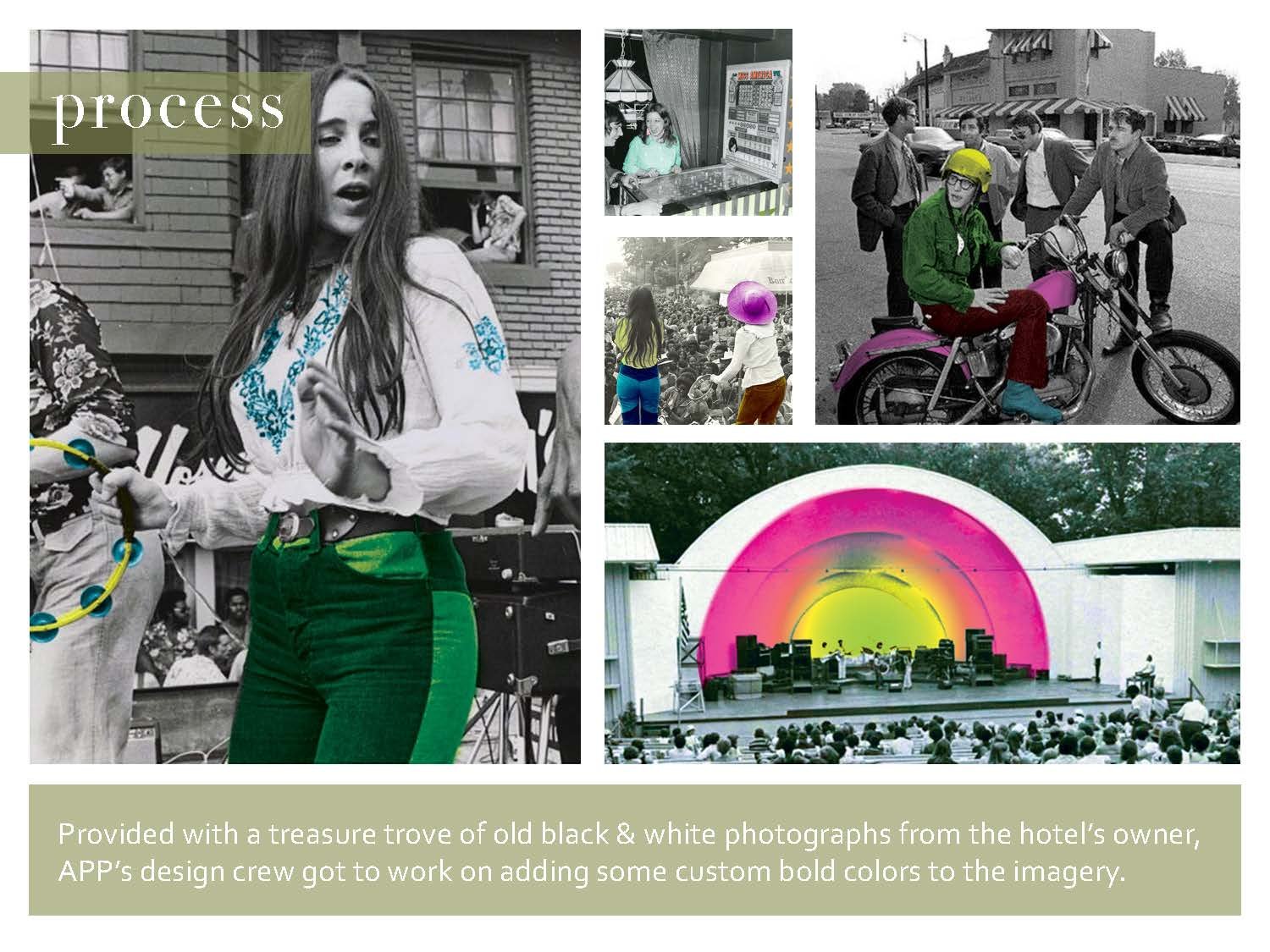
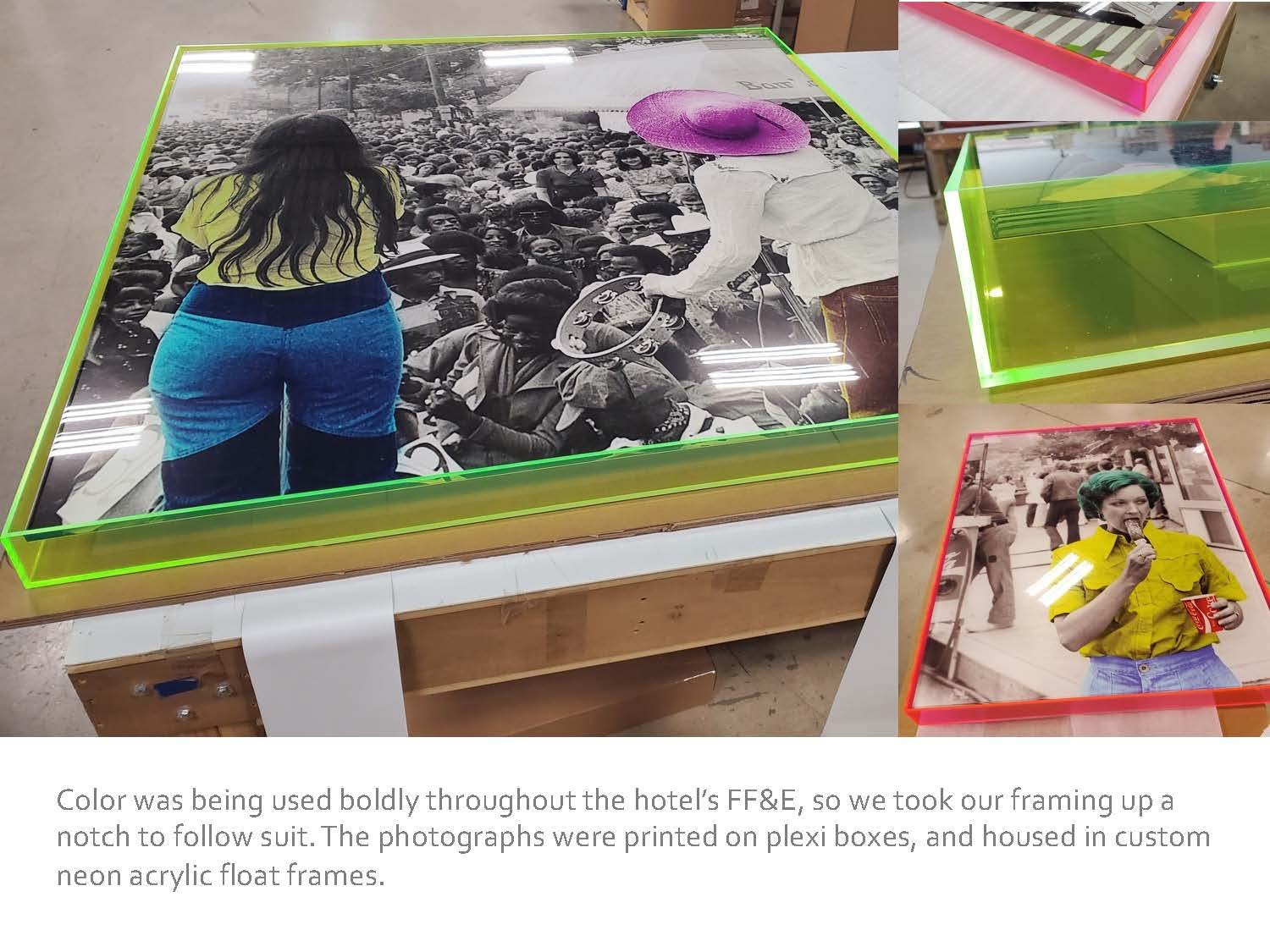

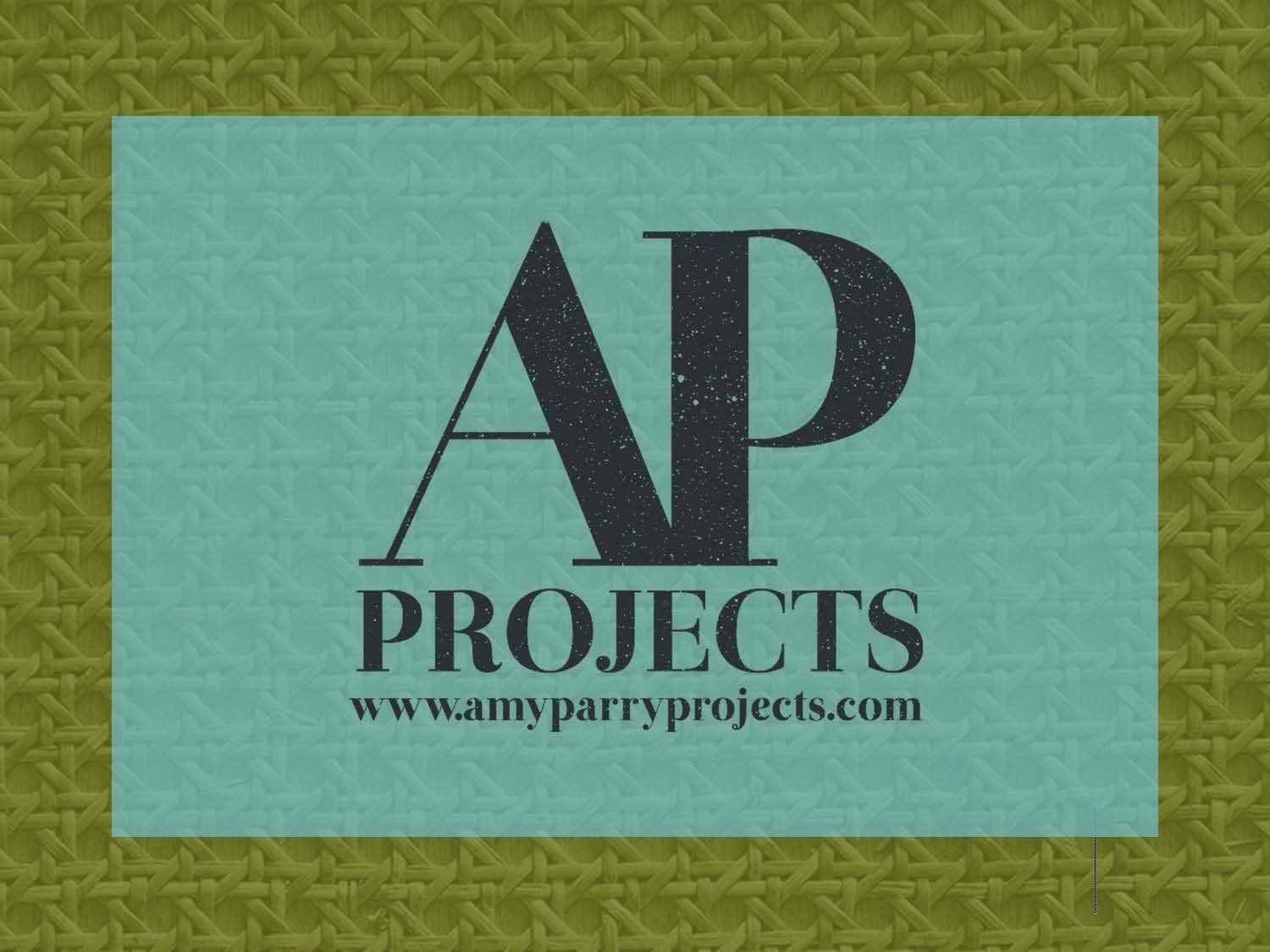
Case Study #6 | Aaron Whisner
In 2018, Amy Parry Projects was approached by Gensler to create a youthful and music-centric art package for a new hotel developed by the Hard Rock brand. REVERB was meant to be a hotel for today’s young music fan, with a modern and tech-savvy approach to design. APP worked with artist Aaron Whisner to create a custom piece for the hotel’s co-working area, instilling the space with the artist’s street art sensibility, and creating a memorable “Instagram Moment.”
To learn more about how the artwork developed,
please flip through our latest Case Study below…
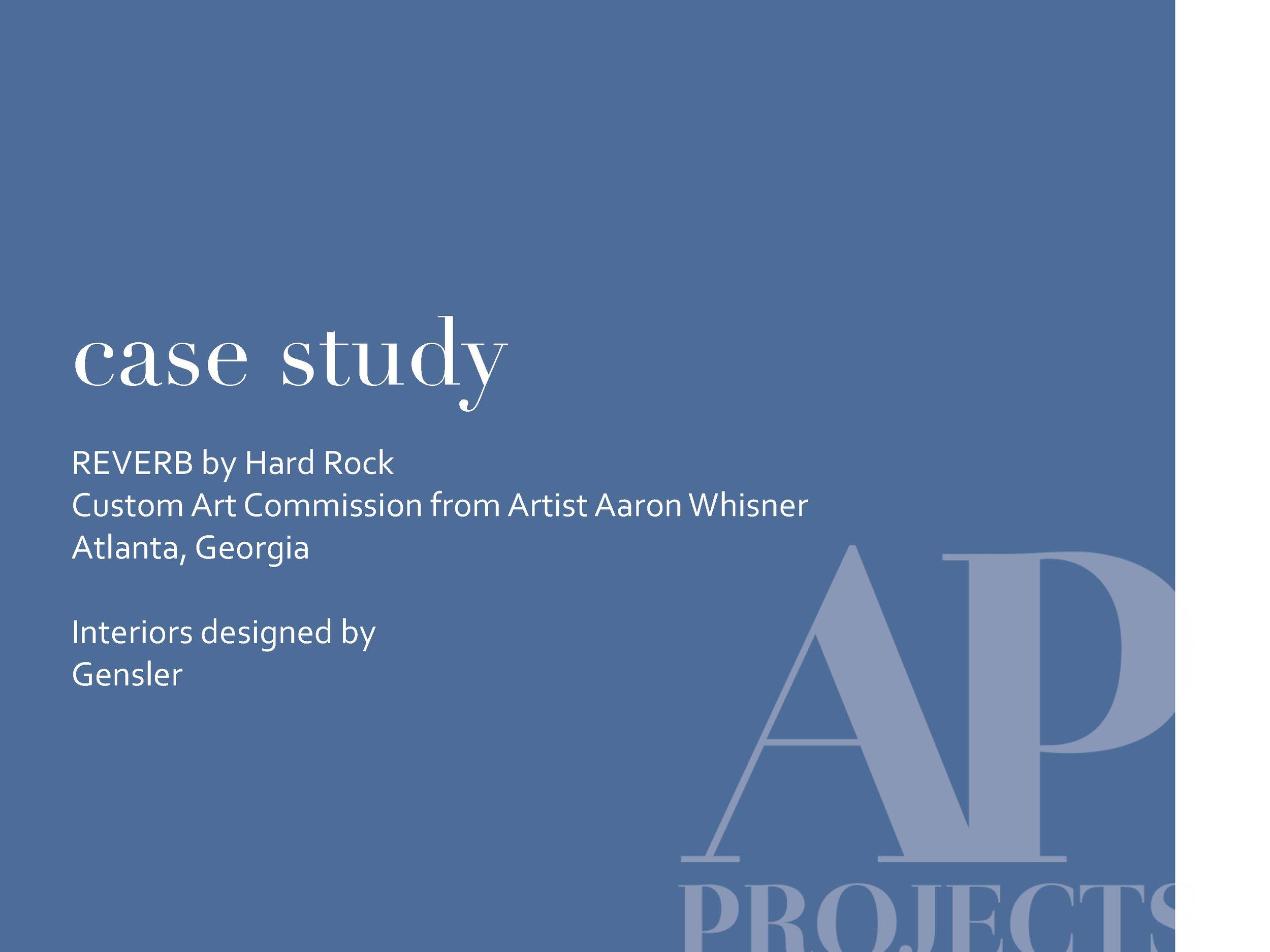
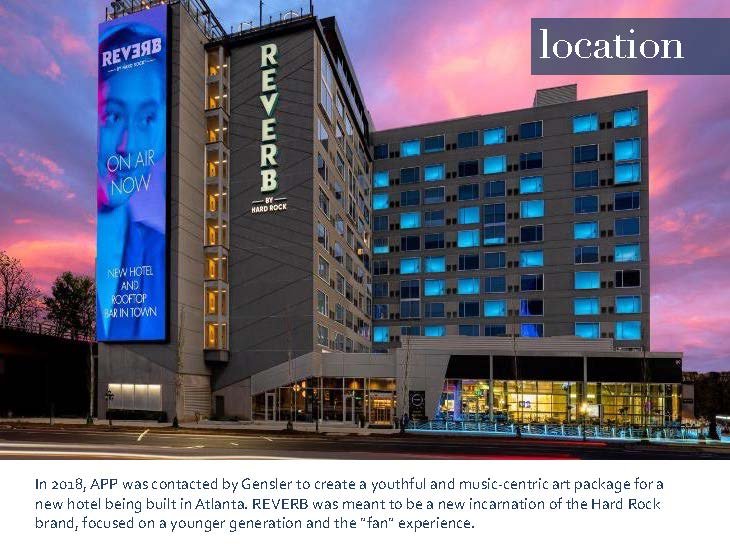


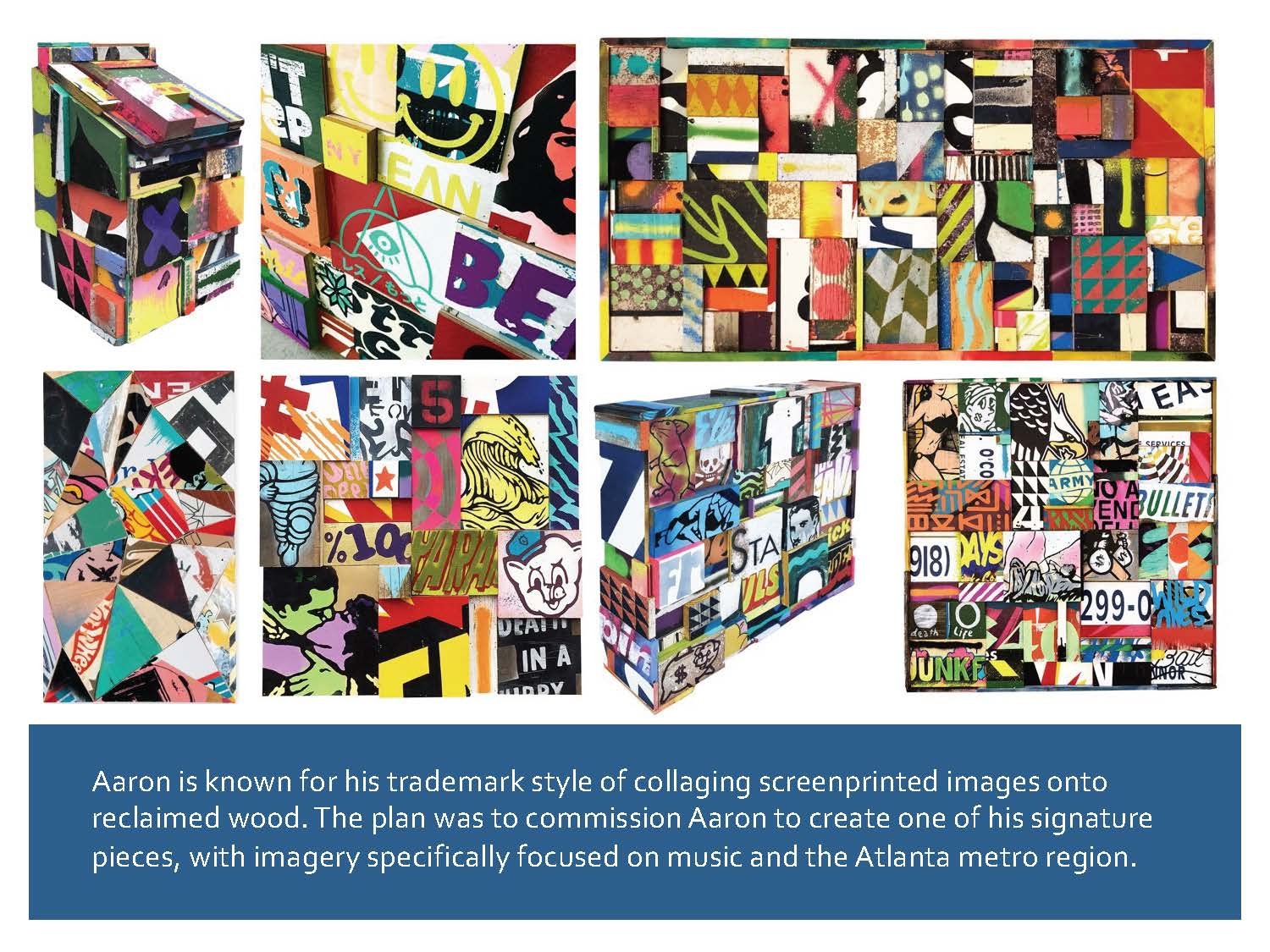
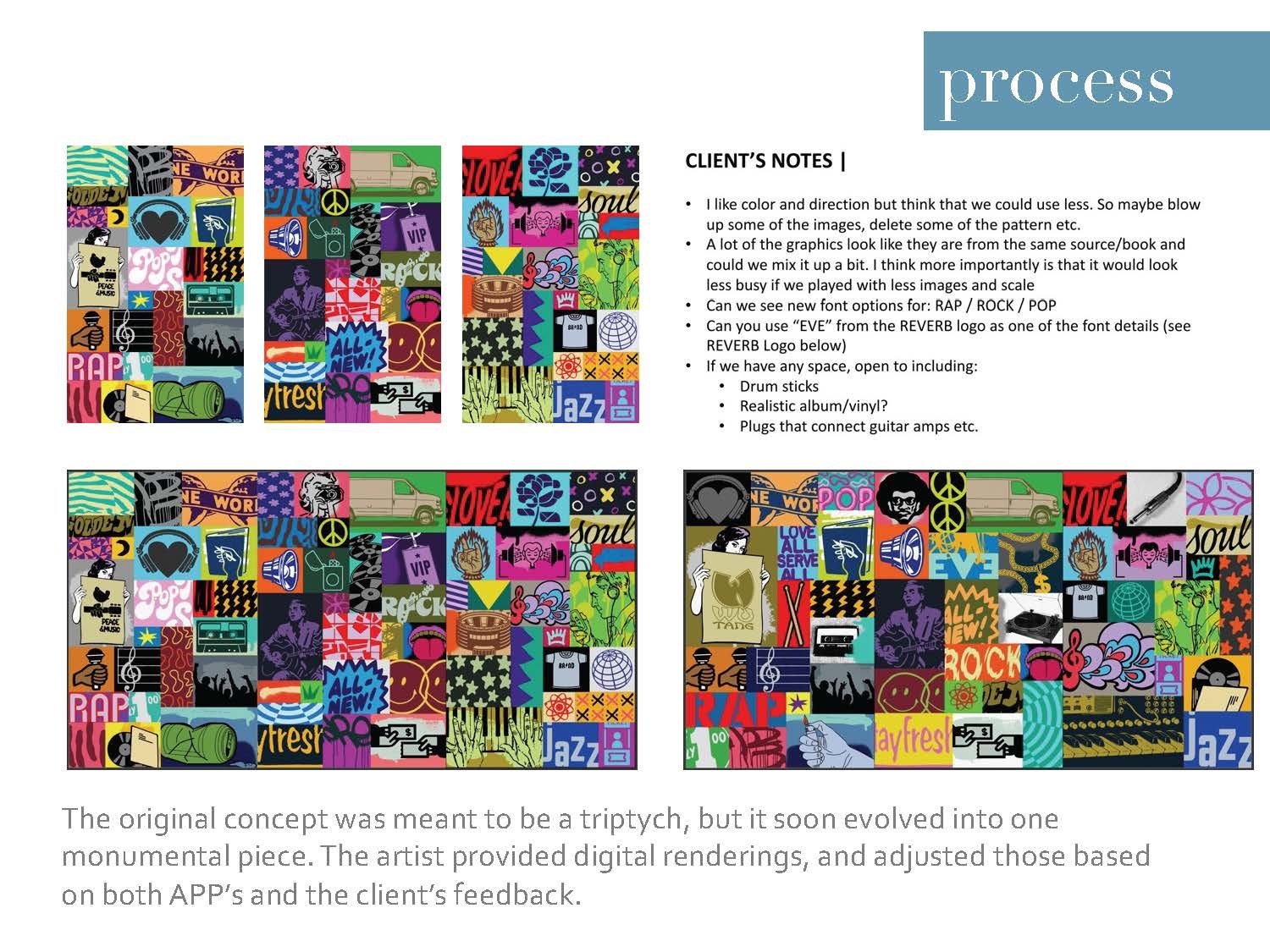

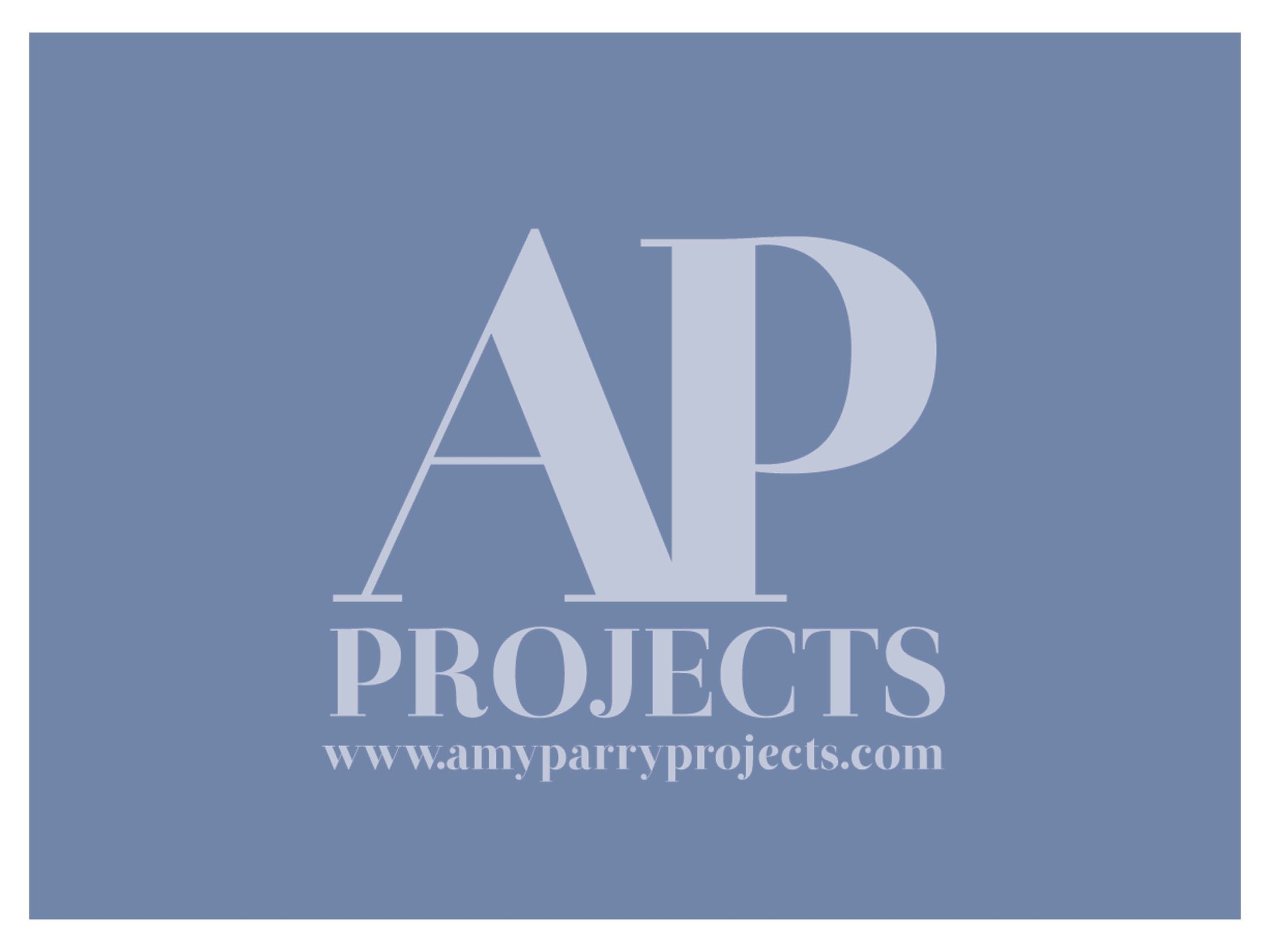
Partner Highlight - Methane Studios, ATL
REVERB Atlanta, 2020, hand-pulled screen-print, 24” x 18”
In honor of the world’s first Reverb by Hard Rock (opening today in Atlanta, GA) we would like to highlight this custom Fender Stratocaster screen-print. This beauty was drawn up by local, award-winning illustration/design team Methane Studios specifically for this new music-centered hotel.
Since the summer of 2018, Amy Parry Projects has been collaborating with Gensler Atlanta and the Hard Rock team on the entire Reverb art package. It has been a fun challenge to design with genuine, hard-core music fans in mind - no matter their age or preferred genre. Located in the heart of downtown in walking distance to a number of amazing concert venues, Reverb is a cool place for these fans to stay and bask in the vibe.
As a nod to the rich history of concert “gig posters” APP was asked to provide an authentic print option for the Reverb guestrooms. From pared-down early rock-n-roll flyers to wild and complex psychedelic images, gig posters are works of art in and of themselves. They advertise the show, outlining all the “when and where” details and then later, they become relics of the good times we had.
Methane Studios definitely came through as the collaborative partner on this print-run. Their work is the real-deal epitome of hand-crafted. After reviewing a few different compositional sketches, we settled on a central guitar image with a surrounding array of southern flora and fauna. As we moved through the design process, Hard Rock wanted a Fender so the guitar naturally became a Stratocaster. The colors were informed by Reverb ‘s overall design palette and the inks were custom-mixed by Methane before they hand-pulled the prints.
While Reverb’s opening today is not technically a concert event, it’s a moment worth remembering in 2020 - a brand new Hard Rock hotel for a city that truly loves its music. As concert venues begin to open back up, Reverb will be there to give fans a place to crash before and after the show. The APP + Methane Studios print appears in each guestroom and will also be available for purchase if guests want to commemorate their Reverb experience.
For more information, please visit:
www.reverb.hardrockhotels.com | www.methanestudios.com
Reverb by Hard Rock - Downtown ATL on Centennial Park Drive opens December 15, 2020
“Music gives a soul to the universe, wings to the mind, flight to the imagination and life to everything...”
